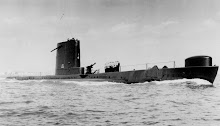Seems US submarines will be in for a great overhaul, particulary on the privy front. Women sailors are expected to join sub crews as early as next year.
From The Navy Times
MCSN Joshua Martin / Navy Female Naval Academy and NROTC midshipmen have spent time aboard submarines, getting a taste of undersea life. Women commissioned after graduation in 2010 could be among the first assigned to subs.
Pentagon announces end of ban on women on subsBy Philip Ewing - Staff writer
Posted : Tuesday Feb 23, 2010 19:14:07 ESTThe Pentagon on Monday notified Congress that women will be able to join submarine crews within 30 legislative working days, making good on the wishes of top Navy commanders announced last fall.As required by law, Defense Secretary Robert Gates sent a letter to legislative leaders announcing the Navy’s plan to lift its ban on female submariners, giving the House and Senate time to absorb the decision and, if members want, to take action. Congress can pass a law forbidding integration, requiring the Navy to wait or perform a study. If it does nothing, as expected, the ban will expire around the end of April.Technically, the Defense Department needs to give Congress time to absorb the policy change before it can spend money to accommodate women, Gates wrote, according to a copy of his letter obtained by Navy Times.“The Department of the Navy recently concluded a further review of this matter and has determined it is ready to implement policy changes to support a phased approach to the assignment of women to submarines. No funds to reconfigure submarines to accommodate female crew members will be expended until the Department of the Navy provides its plan to the Department of Defense and Congress. The Department of the Navy stands ready to present the phased approach plan to Congress.”1st women
According to the Navy’s initial plans last year, the first women on submarines will likely be nuclear-qualified supply and surface lieutenants already in the fleet, who will join the crews of Ohio-class ballistic missile submarines by late 2011.
Related news: • Female sailors could join sub crews by 2011
Source link: http://www.navytimes.com/news/2010/02/navy_women_subs_022310w/
Reminds me of the time [1996] when a friend of mine who was flag officer in command of a navy in the Far East had the task of modernising the country's navy that included deploying women sailors to serve and fight alongside their male colleagues. Until then, women working in the navy held staff position on land but the nation's laws called for reorganising and modernising the navy by including women sailors onboard, i.e., to do naval combat duties.
Well, he didn't quite like the idea of refurbishing his ships to include women WCs (that was his initial reaction.) But the law compelled him to do something. He simplified the re-organising by setting up an all-female ship crew, under a female officer but limited them to working under support and logistics command.
When I asked him, why so? Why not allow women to serve on ship alongside their male colleagues. Either that or let the all-female ship fight alongside the all-male ships? He sheepishly said, "They want to deploy? Well, I'm deploying them. They have their ship now, they should be happy!" Actually, he told me later on that that he wanted to limit the risk of promiscuity. His ships after all weren't aircraft carriers.
I wasn't actually gobsmacked. My friend was one of those old school navy men who was educated in the US navy when navy men deployed to fight and women remained behind on dry land. But in the end it worked. well Twelve years on, and still doing support and logistics tasks, the all female crew ship has consistently boasted of possessing great navy work record and often better than their all-male counterpart doing the same job.
Subs are quite a different "kettle of fish." Inevitably, to limit potential "promiscuity" problems, eg., "hot bunking," bathrooms, etc., female and male quarters need to be built. The US Navy has a lot of money and can do required refurbishments on subs to accomodate women sailors. Except that subs are much constrained by space -- does that mean that US Navy will now design new subs to suit this new requirement?
From hereon, be prepared to hear the following order: ALL MANICURED HANDS MAN YOUR BATTLE STATIONS!
From hereon, be prepared to hear the following order: ALL MANICURED HANDS MAN YOUR BATTLE STATIONS!
Crossposted in hillblogger3.



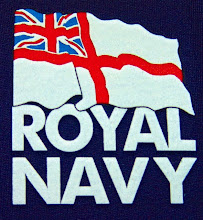

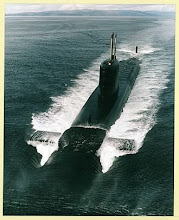




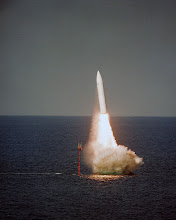

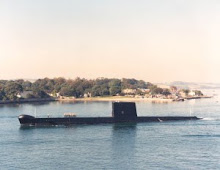.jpg)

